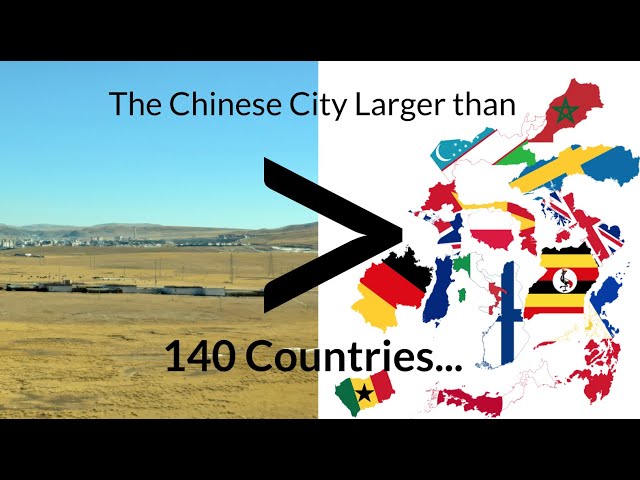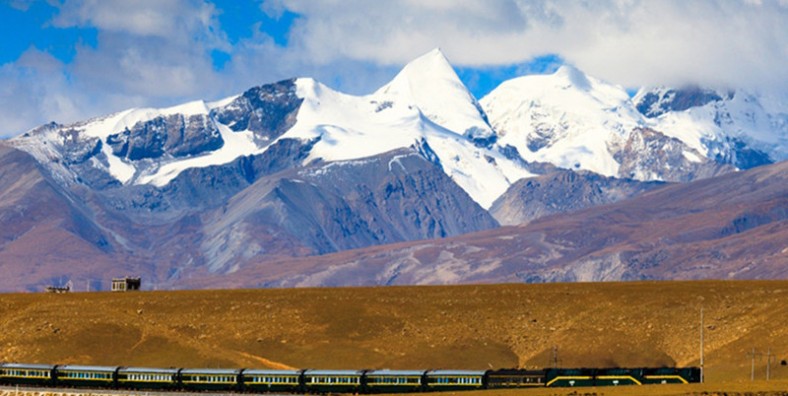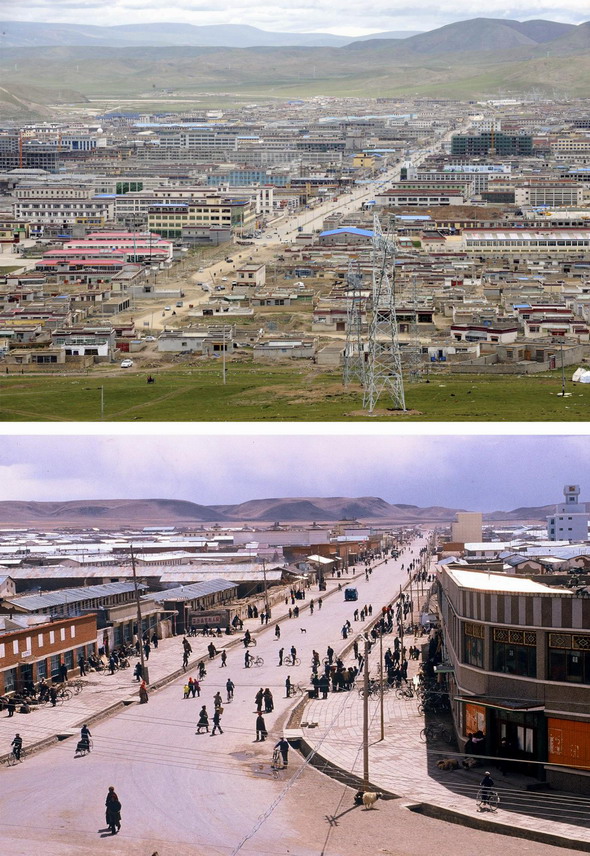The Largest City in the World by Area: Nagqu, Tibet

When you think of the world’s largest cities, metropolises like Tokyo, Shanghai, or New York City likely come to mind. However, the title of “largest city by area” belongs to a place you might not have heard of: Nagqu, a city in the Tibet Autonomous Region of China.
Nagqu boasts an astonishing area of 400,000 square kilometers (154,465 square miles), dwarfing the landmass of over 140 countries. This makes it the largest city by area on the planet, even surpassing the entire country of Japan.
Why is Nagqu So Big?

The vast size of Nagqu stems from China’s unique approach to city boundaries. Unlike many countries where city limits are defined by densely populated urban areas, China often designates vast swaths of land to cities, including sparsely populated rural areas and even mountains and deserts.
This practice, known as “administrative division,” is rooted in China’s history and political structure. It allows for centralized control over resources, economic development, and population management across vast territories.
Beyond the Numbers: The Reality of Nagqu

While Nagqu holds the title of the largest city by area, its actual urban center is relatively small. The city’s population is around 150,000, concentrated in the urban core and a few surrounding towns. The majority of Nagqu’s territory is sparsely populated, characterized by high-altitude plains, rugged mountains, and vast grasslands.
The city’s economy is primarily based on agriculture, livestock herding, and tourism. Its strategic location on the Tibetan Plateau makes it a hub for trade and cultural exchange between Tibet and other parts of China.
Understanding City Size: Beyond Area
While Nagqu’s sheer size is impressive, it’s important to remember that the concept of “largest city” can be subjective and depend on the criteria used. While Nagqu reigns supreme in terms of area, other cities might be considered larger based on population, urban density, or economic influence.
Ultimately, the size of a city is a complex issue influenced by factors such as history, culture, political structure, and economic development. Nagqu’s story highlights the unique way China defines and manages its urban spaces, offering a glimpse into a different perspective on urbanism and its implications.